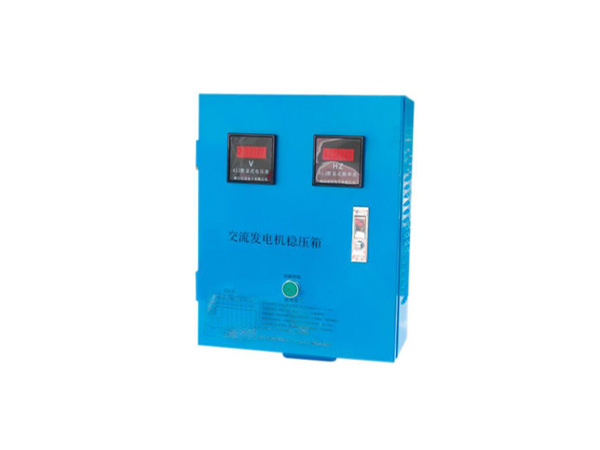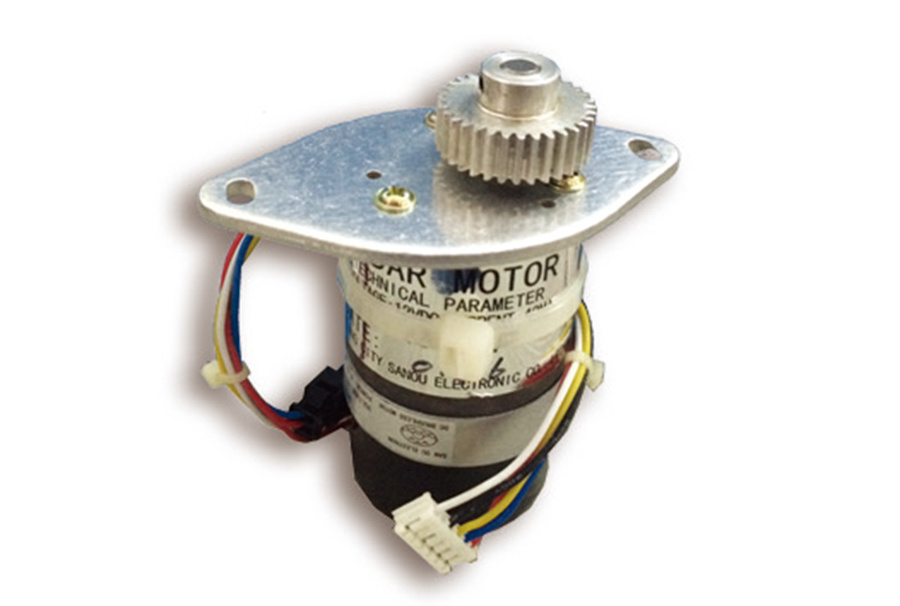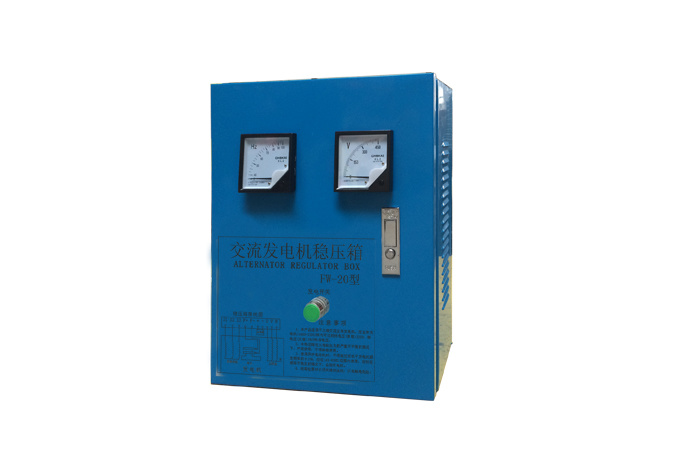News Center
Understanding Direction Sensors: Essential Components for Modern Electronic Systems
One of the primary types of direction sensors is the magnetometer, which measures the Earth's magnetic field to determine orientation. This technology is commonly used in smartphones and navigation devices, helping users find their way by providing compass-like functionality. Another vital type is the gyroscope, which detects rotational movement around an axis. Gyroscopes are often found in drones, gaming controllers, and stabilization systems, enabling smooth motion and precise control.
In many cases, direction sensors are combined with accelerometers to create a sensor fusion system. This integration allows for more accurate readings by compensating for the limitations of each individual sensor. For instance, while accelerometers can detect linear motion, they may not provide a complete picture of orientation without the data from a gyroscope. Together, these sensors contribute to a comprehensive understanding of an object's movement and orientation.
The importance of direction sensors extends beyond consumer electronics. In industrial applications, these sensors are vital for automation and robotics. They enable machines to navigate their environment, perform tasks with precision, and enhance safety protocols. In the automotive sector, direction sensors contribute to advanced driver-assistance systems (ADAS), providing critical information for features such as lane-keeping assistance and adaptive cruise control.
As technology continues to advance, the capabilities of direction sensors are expected to grow exponentially. Innovations in materials and design are leading to more compact, energy-efficient, and accurate sensors. This trend will likely drive the adoption of direction sensors in new areas, including the Internet of Things (IoT), smart homes, and wearable technology.
For professionals in the electronics industry, understanding the functionality and applications of direction sensors is crucial for developing competitive products. By staying informed about the latest advancements, professionals can leverage these technologies to create innovative solutions that meet the ever-evolving demands of consumers and businesses alike.
In conclusion, direction sensors are indispensable components in modern electronic systems. Their ability to provide critical information about orientation and movement paves the way for advancements across various industries. As the market for these sensors expands, professionals must continue to explore and understand their potential to harness the full capabilities of direction sensing technology.
Related News
Understanding the Importance of a 12KVA Frequency Stabilizer in Electrical Systems
In the realm of electrical engineering, maintaining a stable frequency is crucial for ensuring that equipment operates efficiently and reliably. A 12KVA frequency stabilizer plays a vital role in managing electrical systems, especially in environments where fluctuations in voltage and frequency can lead to equipment failure or operational inefficiencies. A frequency stabilizer, as the name suggest
Discover the Unmatched Benefits of the Furuno 1832 Radar Motor for Marine Navigation
Explore the Advantages of the Furuno 1832 Radar Motor Table of Contents Introduction to the Furuno 1832 Radar Motor Key Features of the Furuno 1832 Radar Motor Performance Analysis of the Furuno 1832 Safety Benefits of Using the Furuno 1832 User Experience: Ease of Use and Installation Maintenance Tips for the Furuno 1832 Radar Motor Comparing the Furuno 1832 Radar Mot
Understanding the Functionality and Benefits of a 1 in 4 Out Signal Distributor
A 1 in 4 out signal distributor is a crucial component in various electronic systems, particularly in the realm of optoelectronics. Its primary function is to take a single input signal and distribute it evenly across four output channels. This enables the simultaneous transmission of the same signal to multiple devices or locations, which is essential in applications such as audio/video broadcast




